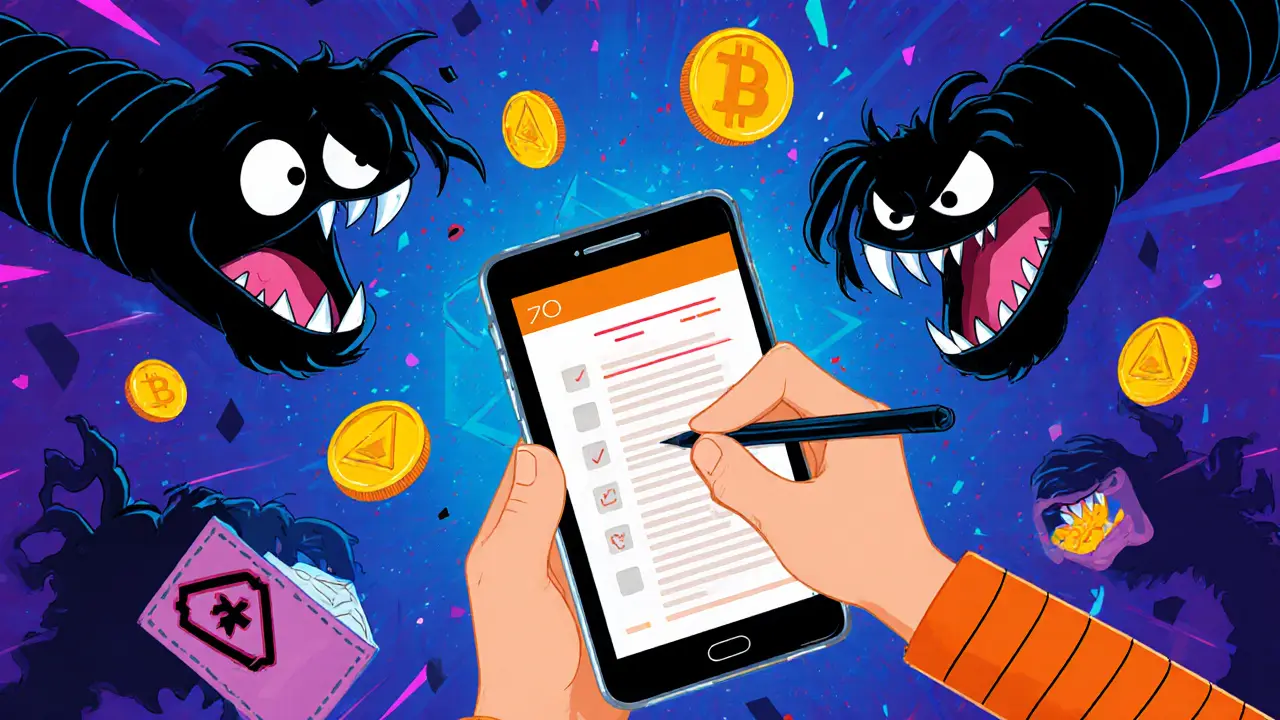dApp vulnerabilities: What goes wrong and how to stay safe
When you interact with a dApp, a decentralized application running on a blockchain, usually built with smart contracts. Also known as decentralized apps, they let you trade, lend, or play games without a middleman. But if the code has flaws, your money can vanish in seconds. Most dApp hacks aren’t caused by hackers breaking into wallets—they’re caused by bugs in the smart contracts themselves. These are self-executing pieces of code that handle your funds, and one tiny mistake can let someone drain everything.
Common smart contract exploits, malicious actions that take advantage of coding errors in blockchain applications. Also known as contract vulnerabilities, they include reentrancy attacks, where a contract calls itself repeatedly to drain funds; integer overflows, where numbers wrap around and trick the system; and unchecked external calls, where a dApp trusts another contract without verifying it’s safe. These aren’t theoretical—they’ve stolen billions. In 2022, the Ronin Network breach lost $625 million because of a simple signature validation flaw. In 2023, a DeFi protocol lost $100 million because it didn’t check if a token transfer actually succeeded. These aren’t random accidents. They’re predictable mistakes that happen over and over because developers rush to launch.
It’s not just about code. DeFi risks, the dangers of using decentralized finance protocols that lack oversight and security audits. Also known as yield farming dangers, they include fake tokens, rug pulls, and liquidity pool exploits. Many users think if it’s on a blockchain, it’s safe. But a dApp can look perfect—clean interface, real tokens, big TVL—and still be a trap. You’re trusting code, not companies. And code doesn’t care if you’re rich or poor. If it’s broken, your funds are gone.
That’s why audits matter. Not the flashy ones with logos and press releases—the real ones. Independent teams that spend weeks digging into every line of code, testing edge cases, and simulating attacks. Most dApps don’t get them. Or they get them from the same team that built the app. That’s like hiring a locksmith to check their own lock. Look for audits from firms like CertiK, Trail of Bits, or OpenZeppelin. If it’s not listed, treat it like a coin with no trading volume—avoid it.
You’re not helpless. You can protect yourself. Never connect your main wallet to a dApp you don’t fully understand. Use a separate wallet just for DeFi. Check the contract address yourself—don’t click links. Look at the token’s supply and transaction history. If it’s new, has no history, and promises 100% APY, it’s probably a scam. And if you see a dApp with no public code on GitHub, walk away.
What you’ll find below isn’t theory. It’s real cases. The NFT marketplace that lost millions because it didn’t verify ownership. The lending protocol that let users borrow more than they had. The game token that vanished overnight. These aren’t outliers. They’re patterns. And once you see them, you’ll spot them before you lose anything.
dApp security isn't about blockchain being unbreakable-it's about avoiding human error, fake websites, and poorly coded smart contracts. Learn how to protect your funds from phishing, rug pulls, and unchecked approvals.
